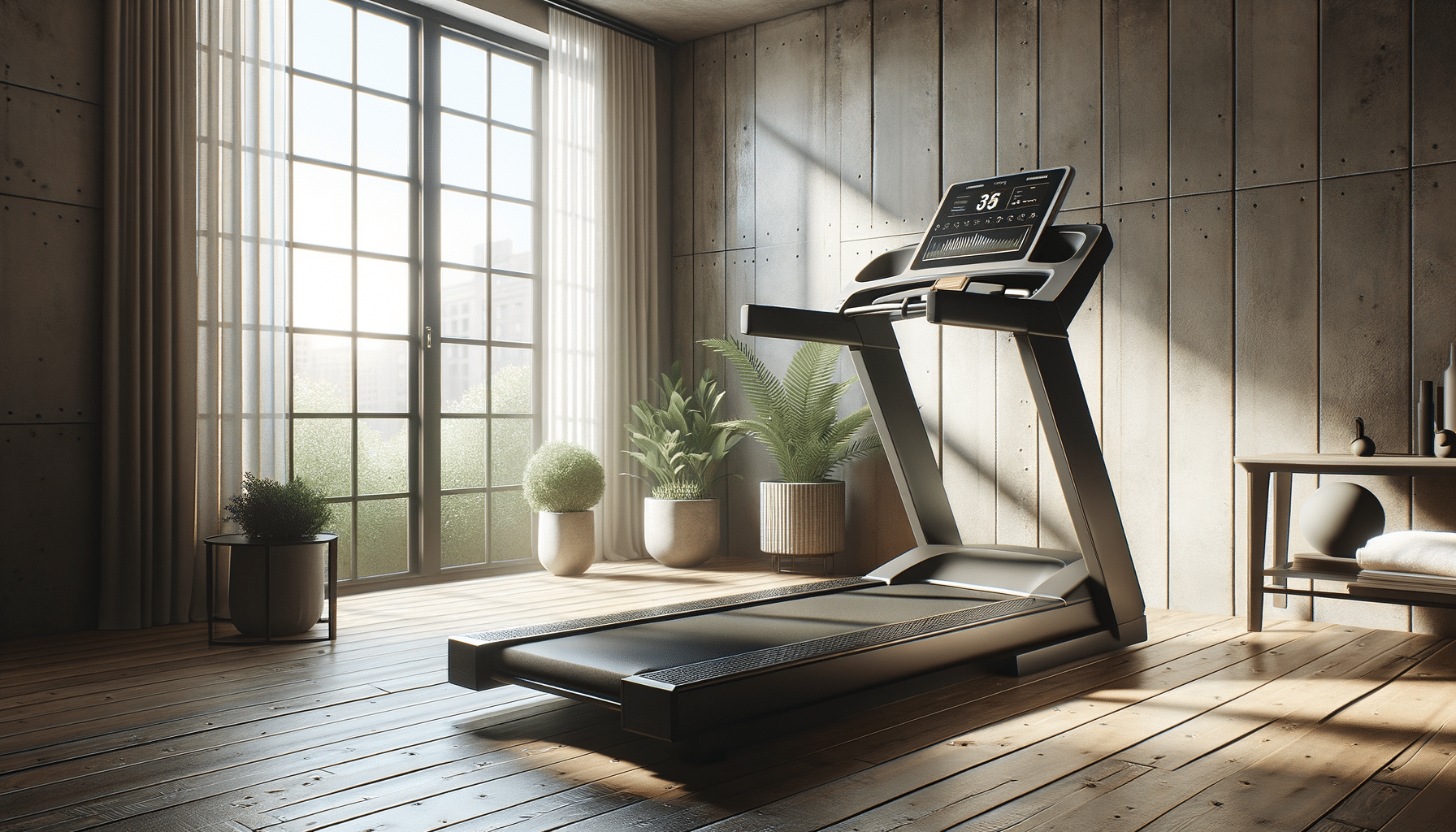
Discover How a Treadmill Can Make Staying Active Easier at Home
The Growing Popularity of Home Treadmills
With the increasing demand for home fitness solutions, treadmills have become a staple in many households. The ability to exercise in the comfort of your own home, regardless of the weather, makes treadmills a convenient option for maintaining an active lifestyle. This trend has been fueled by the rise of remote work and the need for accessible fitness equipment.
Several factors contribute to the growing popularity of treadmills. First, they offer a versatile workout, allowing users to walk, jog, or run at varying speeds and inclines. This adaptability caters to a wide range of fitness levels and goals, from beginners aiming for light exercise to enthusiasts seeking intense cardio sessions.
Moreover, modern treadmills come equipped with advanced features such as heart rate monitors, interactive displays, and connectivity options that enhance the workout experience. These technological advancements not only make workouts more engaging but also allow users to track their progress and achieve their fitness objectives effectively.
Lastly, the market offers a wide array of options, from compact models suitable for small spaces to robust, feature-rich machines for serious athletes. This diversity ensures that there is a treadmill to meet the specific needs and preferences of every individual, making it easier than ever to find the perfect fit for your home gym.
Key Features to Consider When Buying a Treadmill
Choosing the right treadmill involves considering several key features that can significantly impact your workout experience and the longevity of the equipment. Here are some essential aspects to keep in mind:
- Motor Power: The motor is the heart of the treadmill. A powerful motor ensures smooth operation, especially at higher speeds and inclines. For walking, a motor with at least 2.0 CHP (Continuous Horsepower) is adequate, whereas runners should look for 3.0 CHP or more.
- Running Surface: A spacious running surface enhances comfort and safety. Ideally, the belt should be at least 20 inches wide and 55 inches long for walkers, and 60 inches for runners.
- Cushioning: Quality cushioning reduces impact on the joints, making workouts more comfortable and reducing the risk of injury. Look for treadmills with adjustable cushioning settings to customize the level of shock absorption.
- Incline and Decline Options: Incline features simulate uphill workouts, increasing the intensity and calorie-burning potential. Some models also offer decline settings, mimicking downhill terrain for a more varied workout.
- Technology and Connectivity: Modern treadmills often come with Bluetooth connectivity, app compatibility, and built-in workout programs. These features can significantly enhance motivation and help users track their progress over time.
By carefully evaluating these features, you can select a treadmill that aligns with your fitness goals and preferences, ensuring a satisfying and effective workout experience.
Benefits of Incorporating a Treadmill into Your Fitness Routine
Integrating a treadmill into your fitness routine offers numerous benefits, making it a valuable addition to any home gym. Here are some of the advantages:
Convenience: One of the most significant benefits is the convenience of working out at home. Treadmills allow you to exercise at any time, without the need to commute to a gym or worry about weather conditions.
Cardiovascular Health: Regular treadmill workouts improve cardiovascular health by increasing heart rate and circulation. This can lead to lower blood pressure, improved cholesterol levels, and reduced risk of heart disease.
Weight Management: Treadmills are effective for burning calories and managing weight. Whether you choose to walk, jog, or run, the calorie-burning potential is substantial, helping you achieve and maintain a healthy weight.
Mental Health Benefits: Exercise is known to boost mood and reduce stress. The rhythmic nature of treadmill workouts can be particularly soothing, providing a mental health boost alongside physical benefits.
By incorporating treadmill workouts into your routine, you can enjoy these benefits and more, contributing to a healthier and more active lifestyle.
Comparing Different Types of Treadmills
Treadmills come in various types, each designed to meet specific needs and preferences. Understanding the differences can help you make an informed decision when purchasing one for your home.
Manual Treadmills: These are powered by the user’s own movement, offering a simple and cost-effective option. They are lightweight and often more compact, making them suitable for small spaces. However, they may not provide the same smooth experience as motorized models.
Motorized Treadmills: These are the most common type, featuring a motor that powers the belt. They offer a wide range of features, including adjustable speed and incline, making them suitable for various fitness levels and goals.
Folding Treadmills: Ideal for those with limited space, folding treadmills can be easily stored when not in use. Despite their compact design, many models offer robust features and performance.
Commercial Treadmills: Designed for heavy use, these treadmills are often found in gyms. They are durable, with powerful motors and large running surfaces, making them suitable for serious athletes.
By comparing these types, you can determine which treadmill aligns with your space, budget, and fitness requirements, ensuring a satisfying purchase.
Maintenance Tips for Prolonging the Life of Your Treadmill
Proper maintenance is crucial for prolonging the life of your treadmill and ensuring it operates smoothly. Here are some tips to keep your treadmill in top condition:
Regular Cleaning: Dust and debris can accumulate on the treadmill, affecting its performance. Regularly clean the belt, deck, and motor area to prevent build-up.
Belt Lubrication: Lubricating the belt reduces friction and wear. Follow the manufacturer’s recommendations for frequency and type of lubricant to use.
Check Alignment: Ensure the belt is properly aligned to prevent uneven wear. Adjust the alignment if you notice any drift while using the treadmill.
Inspect for Wear and Tear: Regularly inspect the treadmill for signs of wear, such as frayed belts or loose bolts, and address any issues promptly to prevent further damage.
By following these maintenance tips, you can extend the lifespan of your treadmill and enjoy a reliable workout experience for years to come.


